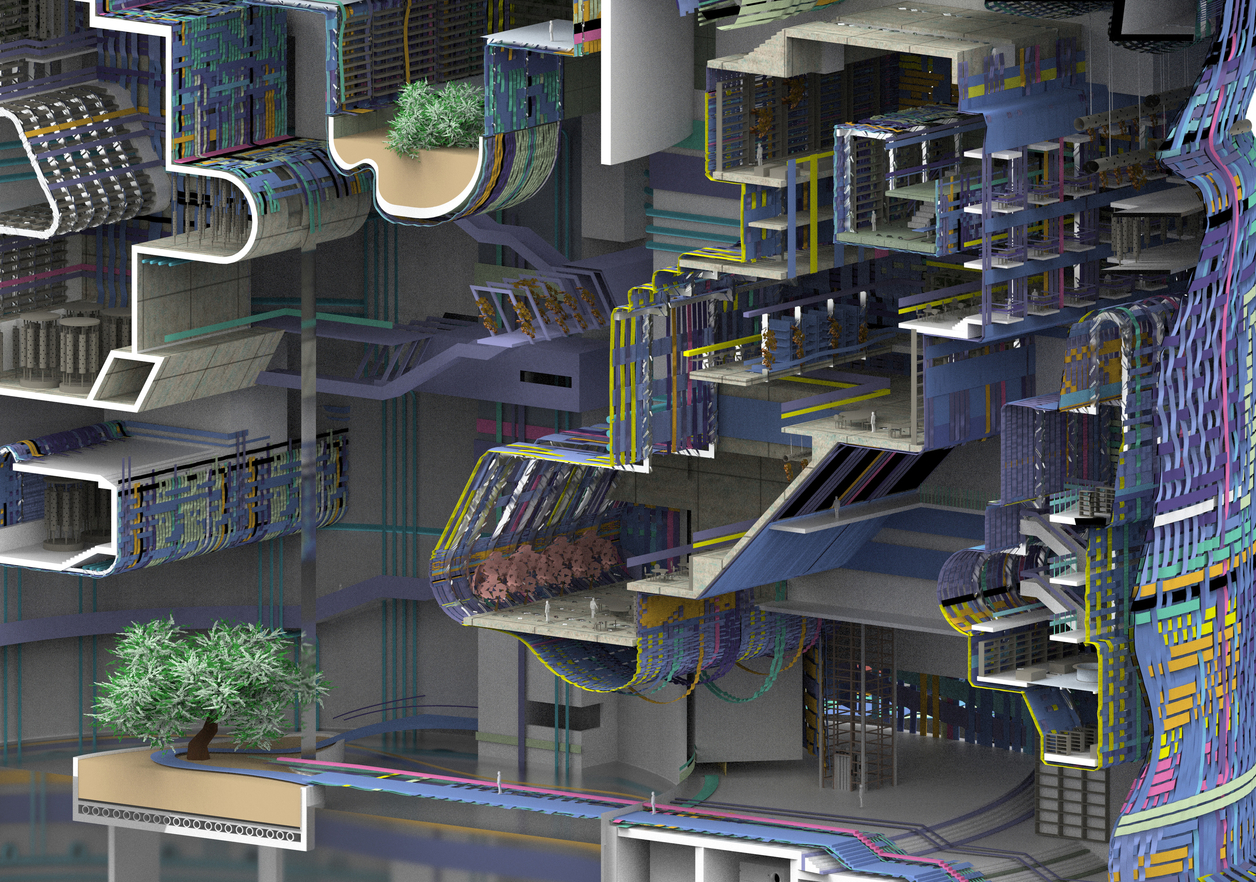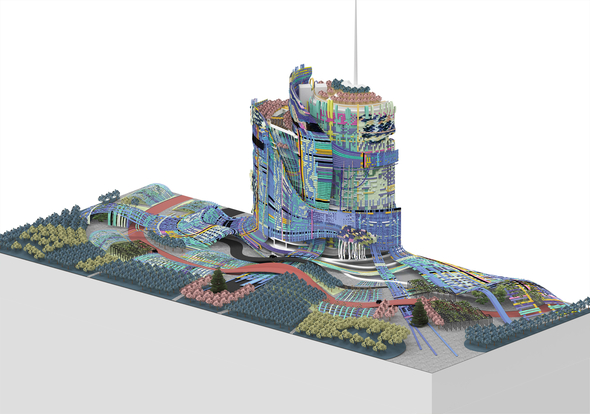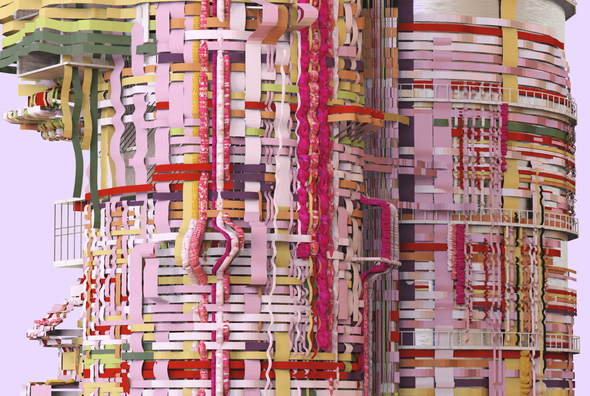onWeaving
In 1919 weaving was an ‘appropriate’ discipline for women, at least that was the thinking at the then emerging Bauhaus School. As an entering student Anni Albers reluctantly joined the weaving workshop to later embrace the experimental nature of the craft. ‘Women were segregated and given their own work-shop, the Weaving Workshop, regardless of talent or inclination” , yet for these woman weaving was not just decoration (such as embroidery, etc), weaving had intrinsic structural constructs, it necessitated nota-tion in order to play out a myriad of alternative patterns and variations, an endless field of possibilities. This is what Anni Albers has argued in her book ‘On Weaving’ first published in 1965, were she articulates the case for a discipline that spans thought time, thought history and though countless cultures, from Greece to Peru, from analog to technological, we find the loom inextricably attached to humanity. ‘During the 4,500 years, in some estimates, even 8,000 years that we believe mankind has been weaving’, as an 2inherent material of our culture, textiles can always be re-defined. This is the foundation of this studio, to look at weaving without any preconceptions, and embrace it for its design potentials and the challenge it forges onto the discipline of architecture.
We will begin this class by creating a series of study models that follow on the steps of Anni Albers teachings. The class is arranged in 6 Chapters (a book will be compiled at the end of the semester), each chapter will focus on a particular topic. Thought the studio we will constantly shift from analog methods to digital ones, from 2d to 3d, from abstraction to materiality, etc.







